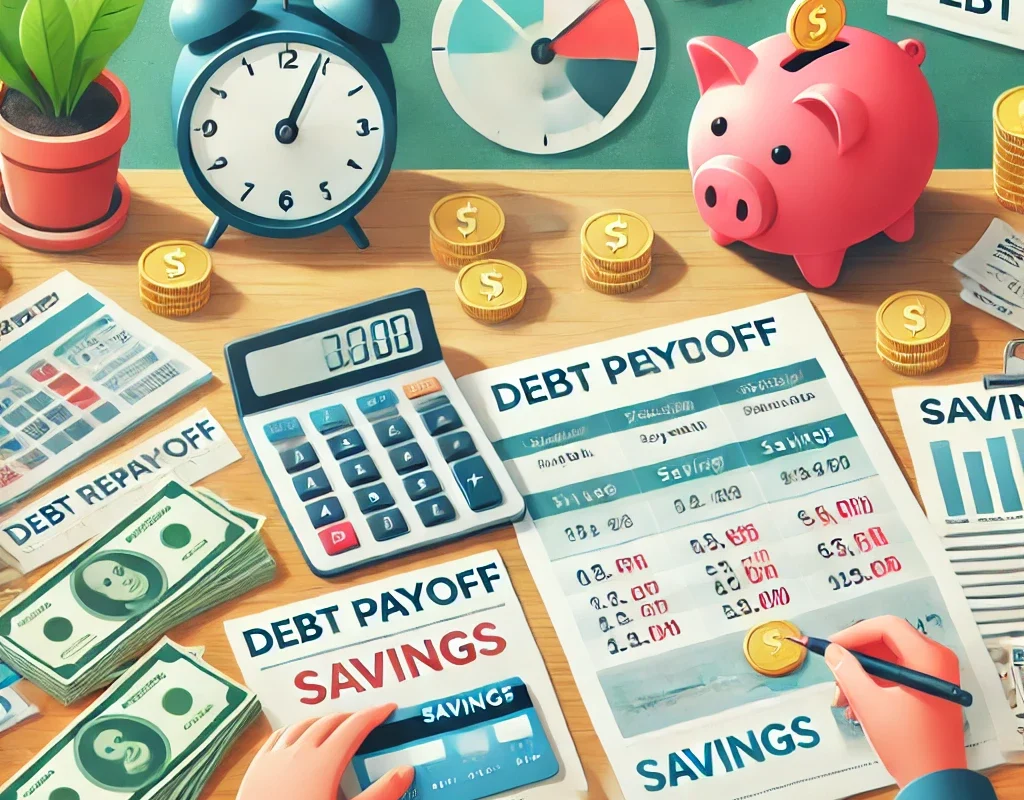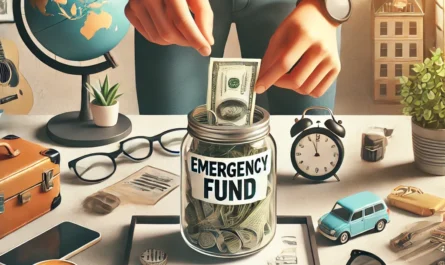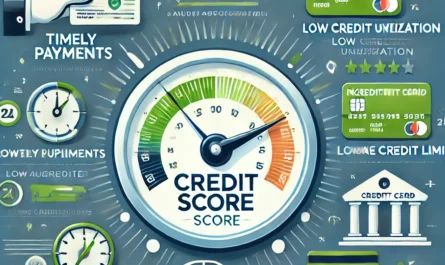The journey to financial freedom is often challenging, particularly when you’re trying to pay off debt and save money simultaneously. Many people face the dilemma of wanting to clear their debt quickly but fear they won’t have enough to save for future emergencies or opportunities. However, with the right strategies, it’s possible to achieve both goals at the same time. By focusing on a mix of discipline, creative budgeting, and smart money habits, you can find balance and speed up your financial progress.
Assessing Your Debt
Before diving into a debt payoff plan, you need to understand what types of debt you’re dealing with. Different kinds of debt require different strategies. Common forms include:
- Credit Card Debt: This often carries the highest interest rates and can spiral out of control quickly if not managed.
- Student Loans: These typically have lower interest rates but can stretch over decades, eating into your long-term financial health.
- Personal Loans: Interest rates on personal loans vary, but many people struggle to keep up with the payments if their income changes.
- Mortgage and Auto Loans: These secured loans often have more favorable terms, but they still contribute to your overall debt load.
Knowing what you’re up against allows you to prioritize which debts to tackle first. Generally, it’s best to focus on paying off high-interest debt, as it costs you more in the long run.
Setting Financial Goals
One of the most important steps in paying off debt and saving money is to set clear financial goals. Without concrete objectives, it’s easy to get overwhelmed and lose focus. Break your goals down into two main categories: debt repayment and savings. Each goal should be specific, measurable, achievable, relevant, and time-bound (SMART).
For example:
- Debt Goal: Pay off $5,000 in credit card debt within one year.
- Savings Goal: Save $1,000 for an emergency fund in the next six months.
By keeping your goals realistic and within a defined timeframe, you’ll be able to measure your progress and stay motivated.
Prioritizing High-Interest Debt
Interest is a silent wealth killer. The longer you take to pay off high-interest debt, the more money you lose. That’s why it’s crucial to prioritize these debts. Two popular methods to consider are:
- Debt Avalanche Method: Focus on paying off the debt with the highest interest rate first while making minimum payments on the rest. This method saves you more in interest over time.
- Debt Snowball Method: Pay off the smallest debts first to gain quick victories, then use the momentum to tackle larger debts.
Choosing the right strategy depends on your financial situation and personality. If you’re someone who gets motivated by seeing results quickly, the snowball method might be best. If you’re more concerned with long-term savings, the avalanche method is ideal.
Creating a Budget That Works
A solid budget is the backbone of any successful debt repayment and savings strategy. First, track your monthly income and expenses. This helps you see where your money is going and identify areas where you can cut back. Next, allocate your income into three categories:
- Essential Expenses: Rent, utilities, groceries, and necessary transportation.
- Debt Repayment: Aim to dedicate at least 20-30% of your income to paying down debt.
- Savings: Even if it’s a small amount, consistently putting money into savings is crucial. Automate this if possible.
Balancing these categories ensures that you’re not neglecting your savings while paying off debt.
Cutting Unnecessary Expenses
Reducing unnecessary expenses is an immediate way to free up extra cash for debt payments and savings. Review your current spending and look for areas where you can trim the fat. For example:
- Subscriptions: Cancel streaming services, magazine subscriptions, or gym memberships you’re not using regularly.
- Dining Out: Cut back on takeout and restaurant meals. Preparing food at home saves a significant amount of money.
- Impulse Purchases: Before making a purchase, ask yourself if it’s a need or a want. If it’s a want, consider waiting 24 hours before buying it.
By making small, consistent cuts in your spending, you can funnel more money toward your financial goals.
Automating Savings
One of the most effective ways to save money without thinking about it is to automate your savings. Set up an automatic transfer from your checking account to a savings account on a set day each month. This can be as small as $25 per paycheck, but over time it will accumulate and build an emergency fund without you even noticing.
Additionally, some banks offer programs that round up your purchases to the nearest dollar and deposit the change into a savings account. It’s a simple way to grow your savings while going about your daily life.
Exploring Debt Consolidation Options
Debt consolidation can be an excellent tool for people who are juggling multiple high-interest debts. By consolidating your debts into one loan, often with a lower interest rate, you simplify your payments and reduce the total interest you’ll pay. Popular debt consolidation options include:
- Personal Loans: Some banks and credit unions offer personal loans with lower interest rates than credit cards.
- Balance Transfer Credit Cards: These cards offer 0% interest for a certain period, allowing you to pay off your balance without accumulating more interest.
However, it’s crucial to do the math and ensure that the consolidation option will save you money in the long run.
Making Extra Income Streams
Sometimes cutting expenses isn’t enough. If you want to pay off debt faster and save money at the same time, consider finding ways to increase your income. Side hustles are a great option and can include:
- Freelancing: Platforms like Upwork or Fiverr let you offer services in fields like writing, graphic design, or coding.
- Part-Time Jobs: Many people take on a second job temporarily to earn extra money to throw at their debt.
- Selling Unused Items: Websites like eBay, Poshmark, or Facebook Marketplace are great places to sell clothes, electronics, or furniture you no longer need.
Using these extra income streams, you can accelerate your debt payoff and add more to your savings account.



